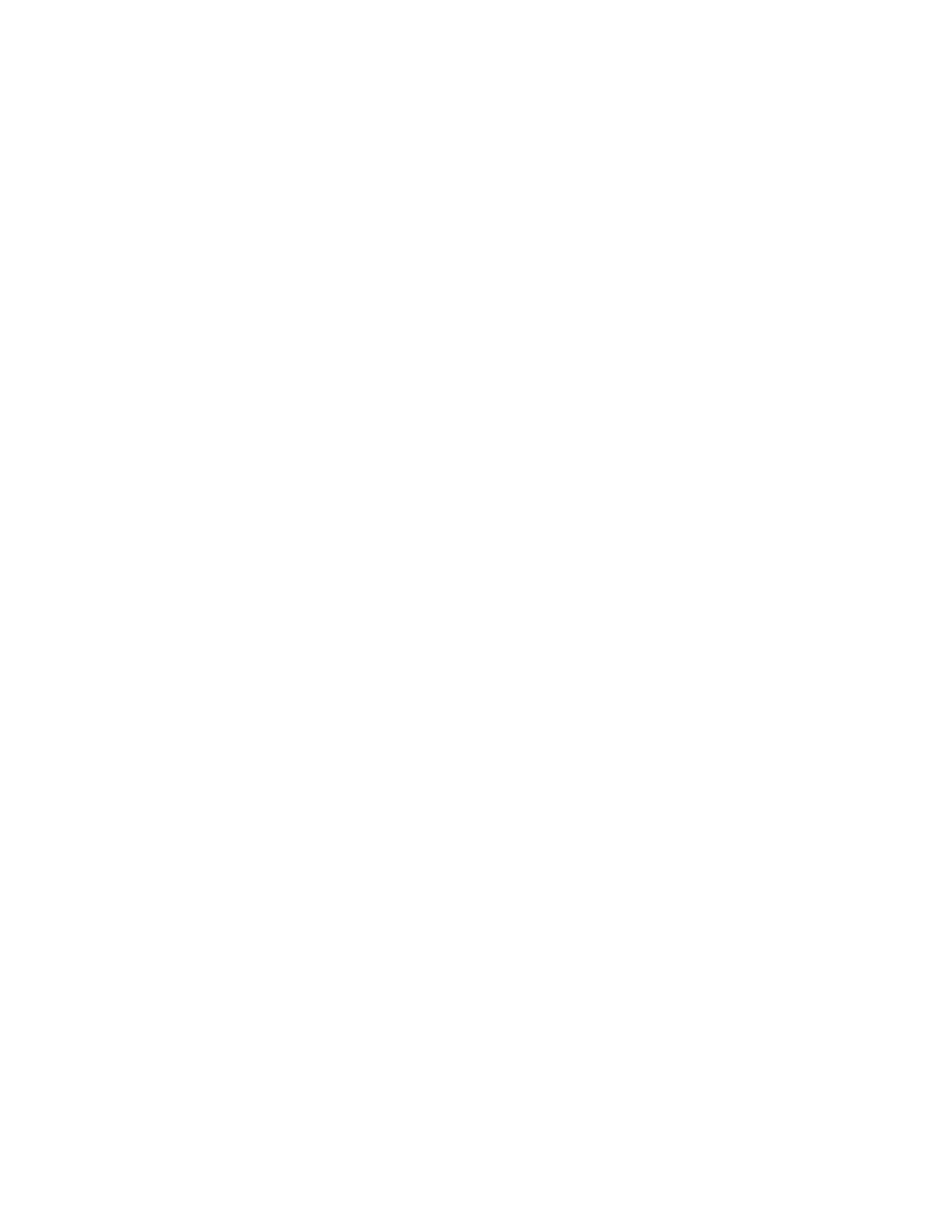Keysight NFA Series Noise Figure Analyzers Service Guide 215
RF Section Troubleshooting (N8976B)
Troubleshooting
Low Band Preamp (Standard Option P03, P07, P26, P44)
The Preamp is aligned as part of the System Gain internal alignment process.
See the description of the initial alignments and the location of the alignment
history file in Chapter 2, “Boot Up and Initialization Troubleshooting”, on page
45. Viewing the Alignment History file will tell you if other alignment tests
failed, and reveal pass or fail information for the preamp.
The Low Band preamp can be verified as follows:
Set up the analyzer to view the 50 MHz calibrator signal on screen
Press MODE/MEAS, Spectrum Analyzer, OK, AMPTD, Signal Path, Internal
Preamp, Low Band (On) to activate the preamp.
The expected operation is the signal level will not change more than ± 0.5 dB
and the noise floor will increase due to the fact the input attenuator is
automatically increased. If the amplitude error when switching the preamp on
and off is greater than 0.5 dB, assure that any other internal alignment failures
are resolved since the System Gain alignment must run before optimum
performance is possible. Assure you have evaluated all causes including A15
Front End Controller switching problems, before you replace the Front End
assembly.
If you determine the problem is at a frequency other than 50 MHz, perform the
low band flatness adjustment before replacing the Front End assembly.
Low Band Mixing Equations
Low Band first mixer:
RF = LO − IF
IF = LO − RF
LO = IF + RF
where RF is the input signal at the signal analyzer
Low Band second mixer:
RF = LO + IF
IF = RF − LO
LO = RF − IF
where RF in this case is the first IF signal (signal at A13J11)

